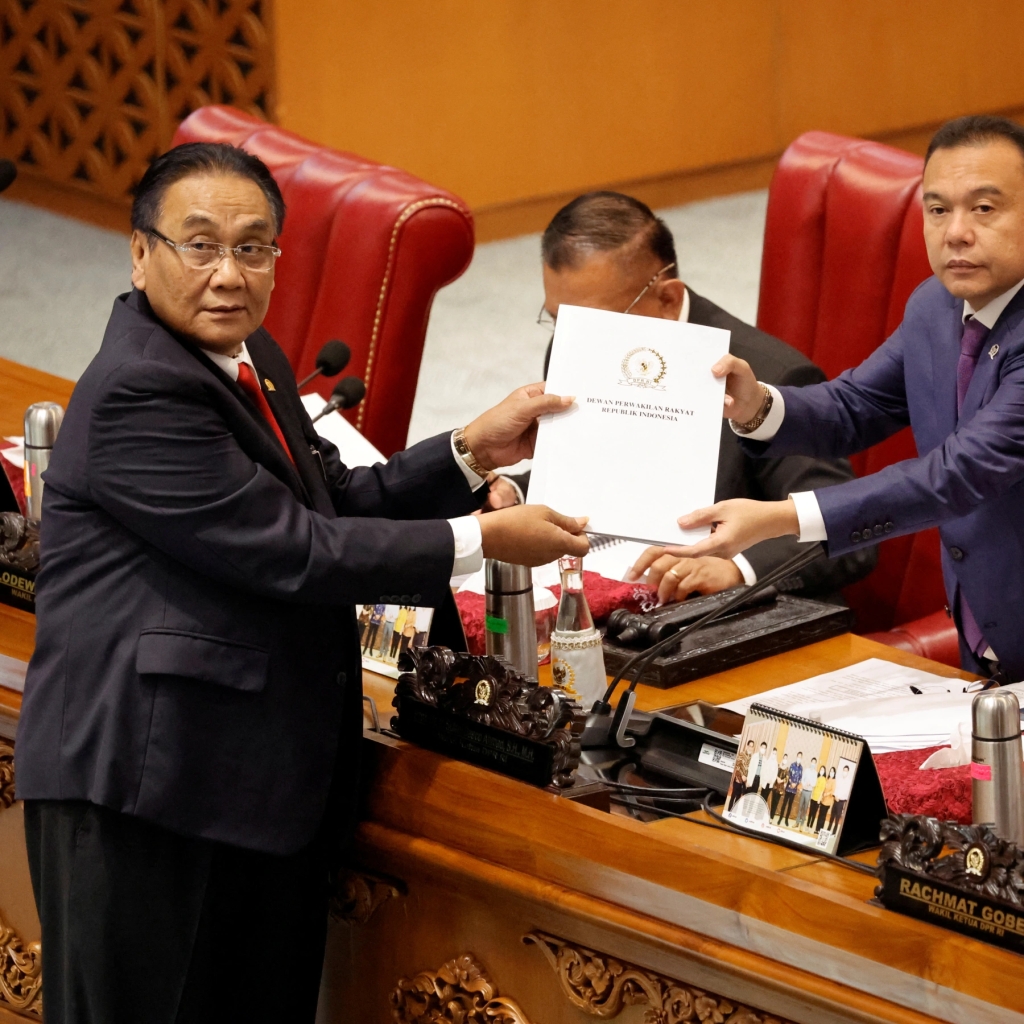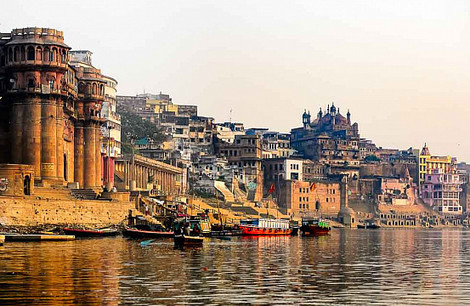
“Indonesian lawmakersunanimously passed a sweeping new criminal code on Tuesday that criminalizes sex outside marriage, as part of a tranche of changes that critics say threaten human rights and freedoms in the Southeast Asian country.” SOURCE: BBC
Classical liberal values (free speech, rights for minority groups, fair elections, freedom of press, etc.) have grown in most places in most times, but that isn’t a guarantee that it will always be so or that it will in all places it will be maintained. Indonesia is the world’s largest Muslim majority population with a diverse set of religious traditions emmeshed. Indonesia, with thousands of islands, is also home to great array of linguistic diversity.
Indonesia, at the end of 2022, outlawed sexual interactions outside of those legally recognized marriages. The government framed the old laws as vestiges of an old colonial legacy that will allow them to return to traditional cultural values of the country, while others feel that this is conflating what is considered sinful with the criminal. This with likely impact the tourism industry as those traveling abroad that are not in marital unions will likely head to other tropical Southeast Asian destinations. A week after the law was passed, the governor of Bali (a noted travel destination for Australians and Europeans) went on record that tourists would not be investigated under this law.
Additionally, the Indonesian government has also strengthened blasphemy laws. The majority of the convictions of the blasphemy laws are usually members of minority faiths, and human rights groups fear that this politically and culturally erodes religious freedoms.
TAGS: Indonesia, religion, political, SouthEast Asia.










